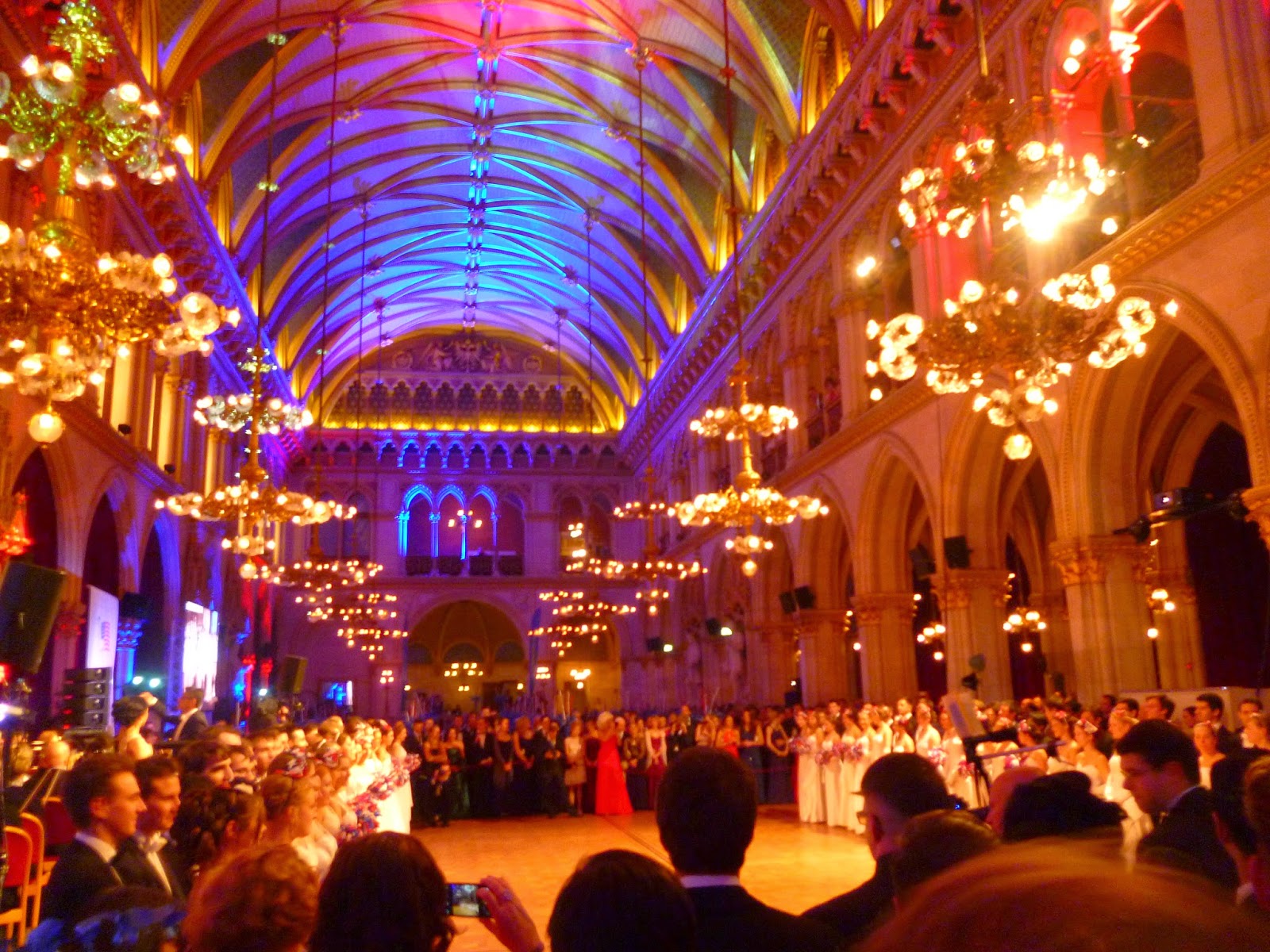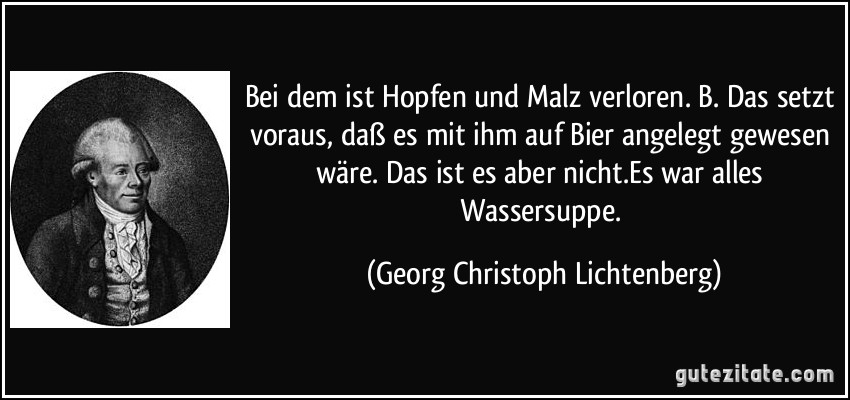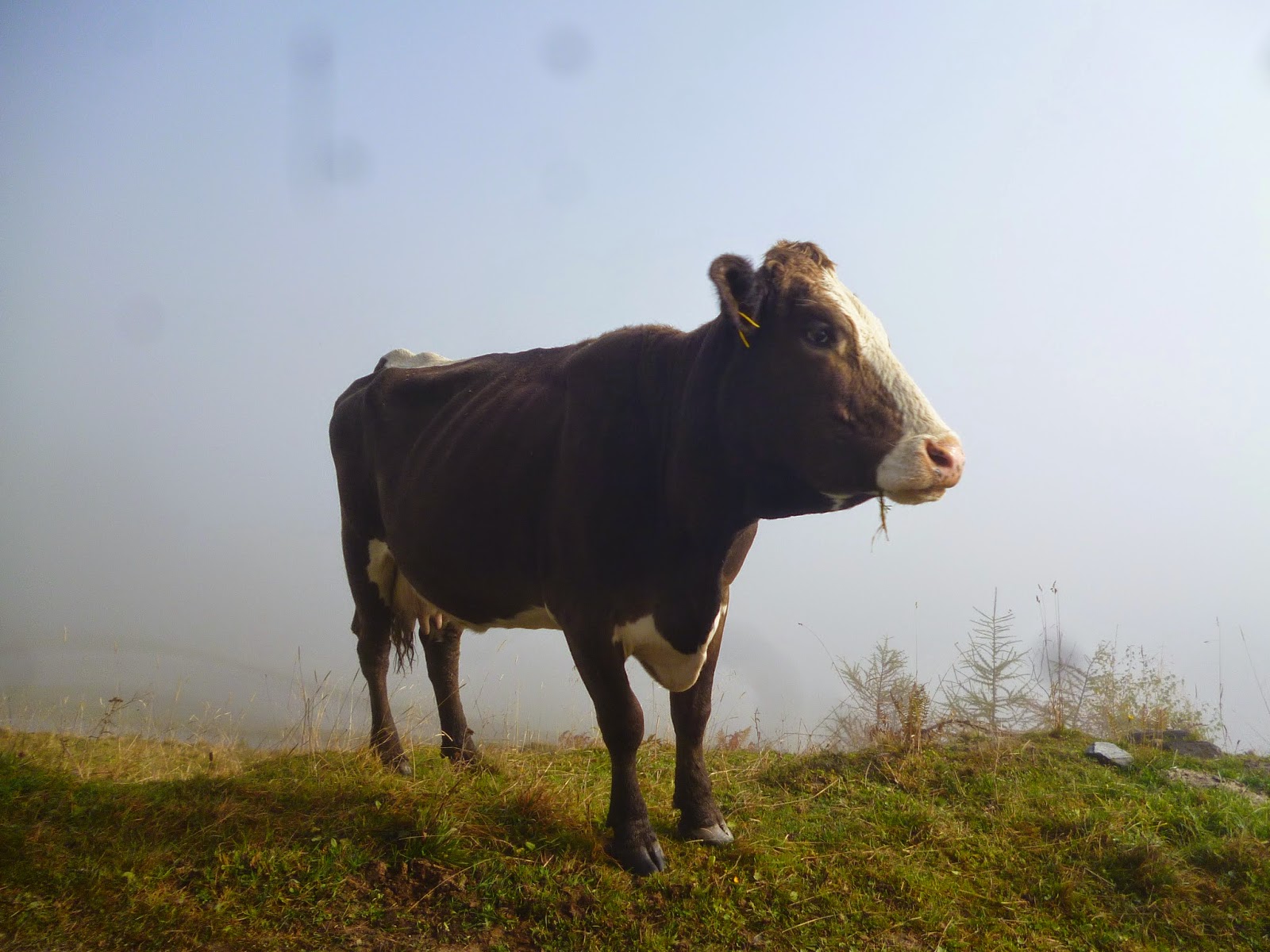Mum came to visit me just over a week ago, the weekend doubling as a well-deserved break for her from the small triumvirate at home. As there has been a dearth of activity here recently (sorry, more posts are in progress) I prevailed upon her to write a guest entry. Enjoy.
“I’m going to Vienna for the weekend .”
“Oh is it for music or opera? “
Being very truthful, I had to reply “Well, actually it’s for maternal monitoring and sachertorte.”
Both these purposes were admirably fulfilled.
I saw Sarah’s place of work and met some of her colleagues; saw her flat and met both her
flatmates, Petra and Christina. In contrast to our house which is full of coloured plastic, small
people and treasured pieces of string, their flat, although full, feels very cultured and civilised.
I worshipped in two different churches, the Rupertskirche, where Sarah goes to Taize services midweek, which is an ancient building, and a Lutheran church, recently and beautifully restored. We sang Wachet Auf. It was encouraging to feel a bond despite my lack of German.
We went to the Albertina, an art gallery; to the Karlskirche where you can ascend inside the dome; on the famous Ferris wheel; and to a Christmas market on the outskirts, where we could view the twinkling lights of the city by night. 3 days worth of clean, fast, efficient public transport was 16 euros – amazing value.
We walked miles through the gracious and spacious streets of central Vienna (although I did get off the bus in a seedy back street by the railway sidings, which was very reminiscent of Glasgow or Belfast). Although it was not very cold, in the interests of keeping warm, I drank mulled wine and ate hearty Austrian food, goulash, lentil stew with dumplings, pumpkin soup and walnut bread. And we did take refuge in some coffee houses...
Dorothy Peyton Jones 29.11.14




















































